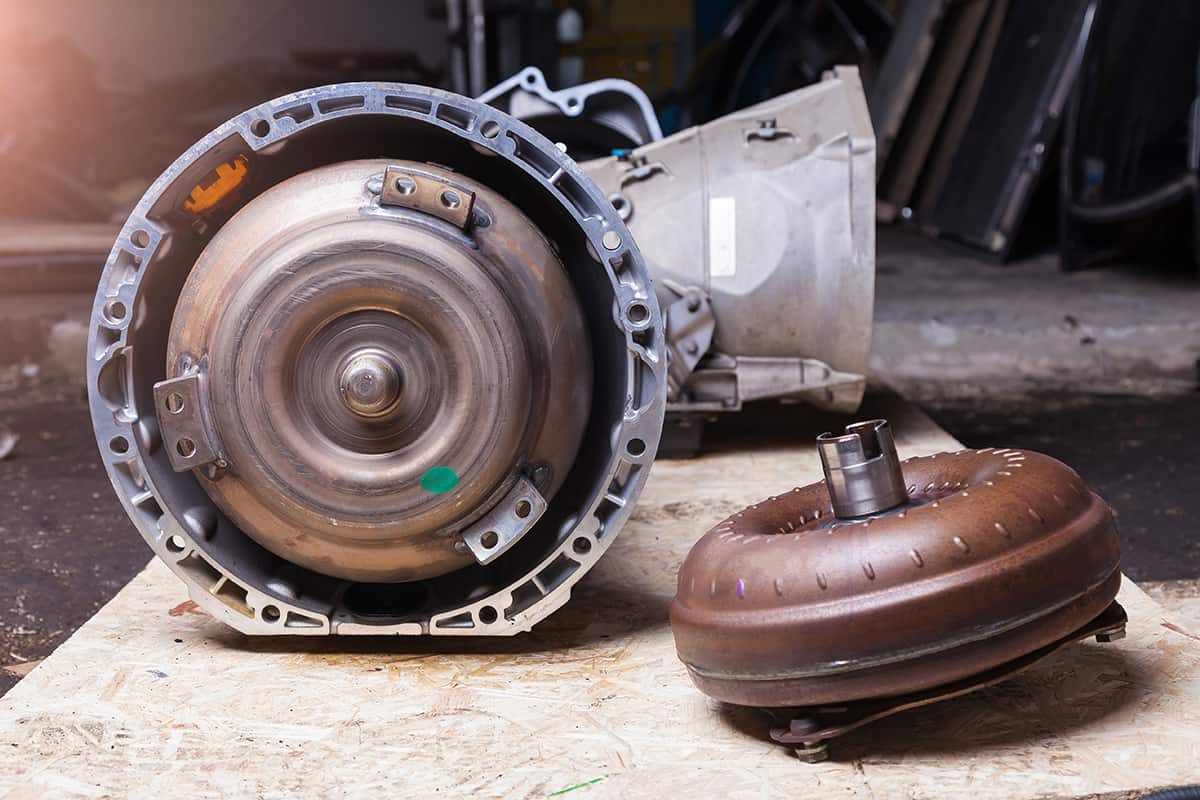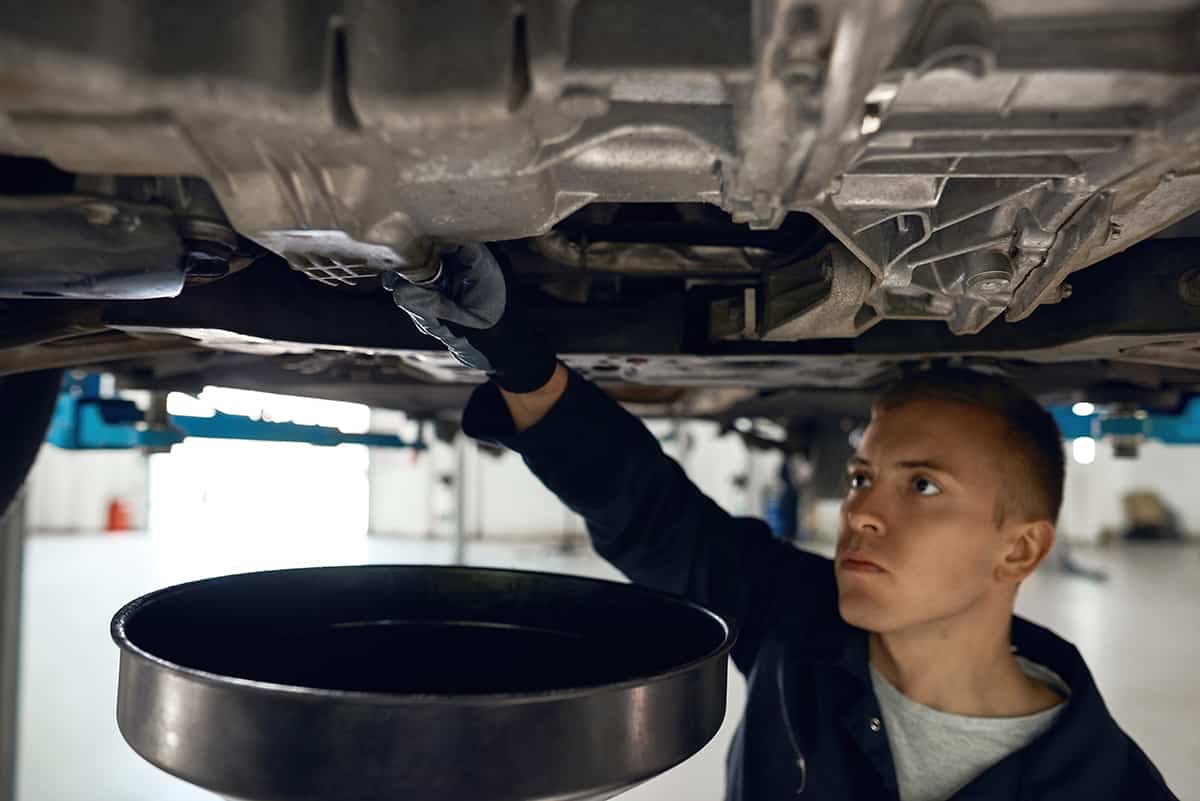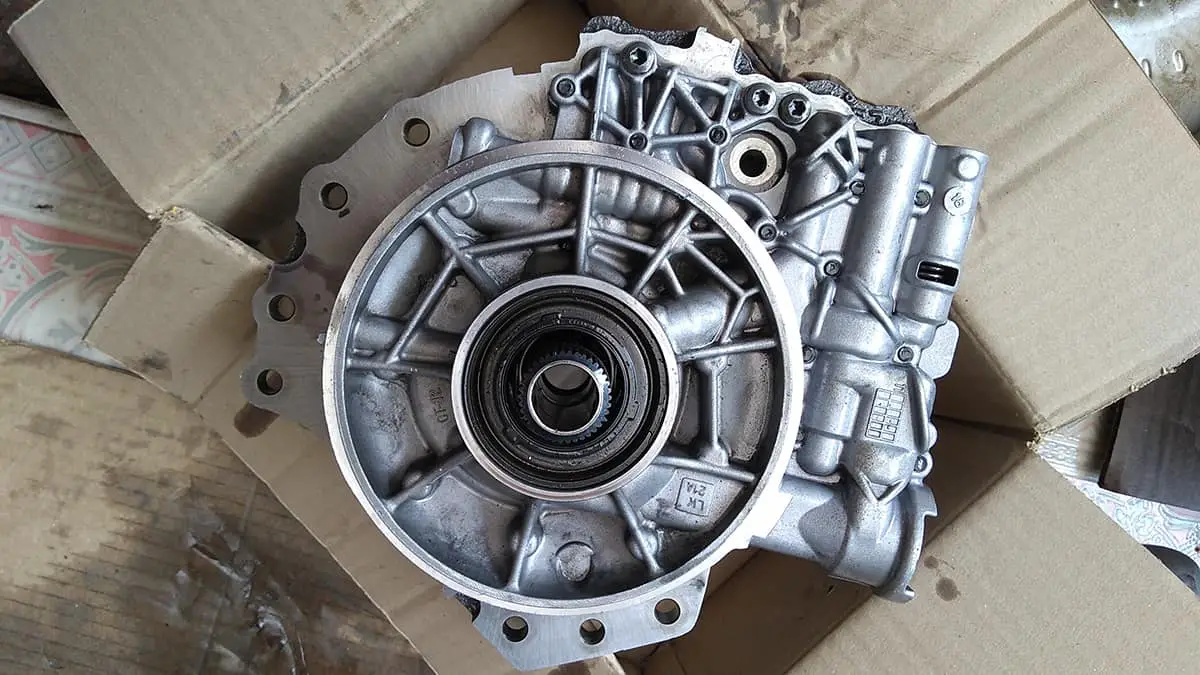When your car’s transmission pump fails, it can cause a variety of problems, from sluggish acceleration to an inability to shift gears properly. Replacing a transmission pump can be a complex and expensive repair. If you suspect your transmission pump is failing, it’s essential to get it checked out by a qualified mechanic.
Transmission pump replacement costs between $400 and $1,400 on average, depending on vehicle make and model, extent of damage, and type of replacement pump needed.
In this blog post, we’ll take a closer look at the transmission pump replacement process, the factors that affect the cost of the repair, and what you can do to minimize your expenses. So, whether you’re dealing with a minor transmission pump issue or a major overhaul, read on to learn more.
The Basics of a Transmission Pump
The transmission pump plays a crucial role in your vehicle’s operation. It circulates transmission fluid, which lubricates, cools, and powers the transmission system. The pump ensures the fluid flows smoothly, preventing overheating and wear on the transmission components.
There are four main types of transmission pumps—gear pumps, vane pumps, gerotor pumps, and piston pumps.
Gear pumps use rotating gears to move the fluid, while vane pumps have adjustable vanes that spin inside a chamber. Gerotor pumps (PDF) consist of an inner and outer gear, with the outer gear driving the fluid. Piston pumps use pistons to push the fluid through the system.
Factors Affecting Transmission Pump Replacement Costs

Several factors can influence the cost of replacing your transmission pump. Understanding these factors can help you make informed decisions and find the best deal for your vehicle.
1. Vehicle make and model
Different car brands and models have specific transmission pumps designed to meet their requirements. Luxury or high-performance cars may have more expensive and specialized parts than economy cars, which can affect the replacement cost.
2. Pump type and complexity
The complexity of the transmission pump can impact the cost. Gear pumps, vane pumps, gerotor pumps, and piston pumps vary in design and functionality. Some may be more expensive to replace due to their intricate components or unique features.
3. Labor costs
Labor costs depend on the time and skill required to replace the transmission pump. Rates may vary depending on the mechanic’s expertise and your vehicle’s make and model. Complex transmission systems or hard-to-reach pumps may require more labor, increasing the overall cost.
4. New, remanufactured, or used parts
You have the option to choose between new, remanufactured, or used transmission pumps. New parts usually have higher prices, while remanufactured or used parts can be more affordable.
Cost Breakdown
The overall cost typically includes parts, labor, and any additional components or services necessary for the job.
1. Parts cost
The price of the transmission pump itself is a significant factor in the overall cost. You’ll need to choose between OEM (Original Equipment Manufacturer) and aftermarket parts. OEM parts are made by the vehicle’s manufacturer and are typically more expensive but ensure a perfect fit and reliable performance. Aftermarket parts can be more affordable and offer comparable quality, but you should research the brand and ensure it meets your vehicle’s specifications.
2. Labor costs
Labor costs for transmission pump replacement vary depending on the mechanic’s hourly rate and the time required for the job. More complex or hard-to-reach transmission pumps may require more labor, increasing the cost.
3. Additional components and services
When replacing the transmission pump, it’s common to replace or service other related components. These additional costs should be factored into your budget. Some of these components and services include:
- Fluid replacement—It’s necessary to drain and replace the transmission fluid during pump replacement. Fluid costs can vary depending on the type and quantity required for your vehicle.
- Transmission filter change—Since the filter helps keep the transmission fluid clean, it’s a good idea to replace it along with the pump. The cost of a new filter and labor for installation should be included.
- Gaskets and seals—Gaskets and seals help prevent fluid leaks and maintain the proper pressure within the transmission system. It’s crucial to replace any damaged or worn gaskets and seals during the pump replacement to avoid future issues. Factor in the cost of these parts and their installation.
Estimating Transmission Pump Replacement Costs by Vehicle Types
Transmission pump replacement costs can vary significantly based on the type of vehicle you own. Here’s a general overview of what you can expect for different vehicle categories:
- Economy cars—These vehicles usually have simpler transmission systems and more affordable parts, making pump replacement costs lower. Expect to pay between $300 and $600 for a transmission pump replacement, including labor and parts.
- Mid-range cars—Mid-range cars may have slightly more complex transmissions and higher-quality parts, resulting in moderately higher replacement costs. The price for a pump replacement in these vehicles can range from $600 to $1,000.
- Luxury cars—High-end vehicles often have advanced transmission systems and specialized parts, leading to higher replacement costs. Luxury car owners may face prices between $1,000 and $2,000 for the transmission pump replacement.
- Trucks and SUVs—Due to their size and power, trucks and SUVs may have more robust transmission systems, resulting in higher pump replacement costs. Expect to pay anywhere from $800 to $1,500, depending on the vehicle’s make and model.
Signs You Need a Transmission Pump Replacement

Recognizing the signs of a failing transmission pump can help you address the issue before it causes further damage to your vehicle’s transmission system. Here are some common symptoms that may indicate the need for a transmission pump replacement:
1. Slipping gears
A failing transmission pump may cause the transmission to slip out of gear while driving. This happens because insufficient fluid pressure prevents the gears from engaging properly. If you notice your vehicle suddenly shifting gears without input, it could be a sign of a malfunctioning pump.
2. Delayed gear engagement
A worn or damaged pump may struggle to build up enough pressure to engage the gears promptly. If you experience a delay when shifting gears, especially from park or neutral to drive or reverse, it could indicate a problem with the transmission pump.
3. Whining or grinding noises
A faulty pump may produce unusual whining or grinding sounds, which can be caused by worn or damaged internal components. These noises often become more pronounced when the vehicle is in gear and should not be ignored.
4. Fluid leaks
Transmission fluid leaks around the pump area can be a sign of a damaged pump or a failed seal. If you notice red or brown fluid pooling under your vehicle, it’s essential to have the issue inspected and repaired promptly.
FAQs
1. How long does it take to replace a transmission pump?
The time required to replace a transmission pump varies depending on the vehicle’s make and model, as well as the mechanic’s experience. On average, the process can take anywhere from 3 to 6 hours, but more complex or hard-to-reach pumps may require additional time.
2. What’s the average lifespan of a transmission pump?
The average lifespan of a transmission pump varies, but it generally lasts between 100,000 and 150,000 miles. Proper maintenance, including regular transmission fluid changes and inspections, can help extend the pump’s lifespan and ensure optimal performance.
3. Is it better to rebuild or replace a transmission with a bad pump?
Deciding between rebuilding or replacing a transmission with a bad pump depends on factors such as the extent of damage, the vehicle’s age, and overall costs. Rebuilding may be more cost-effective in some cases, while a complete replacement may be the better option if there is extensive damage or if the vehicle is older with high mileage.






